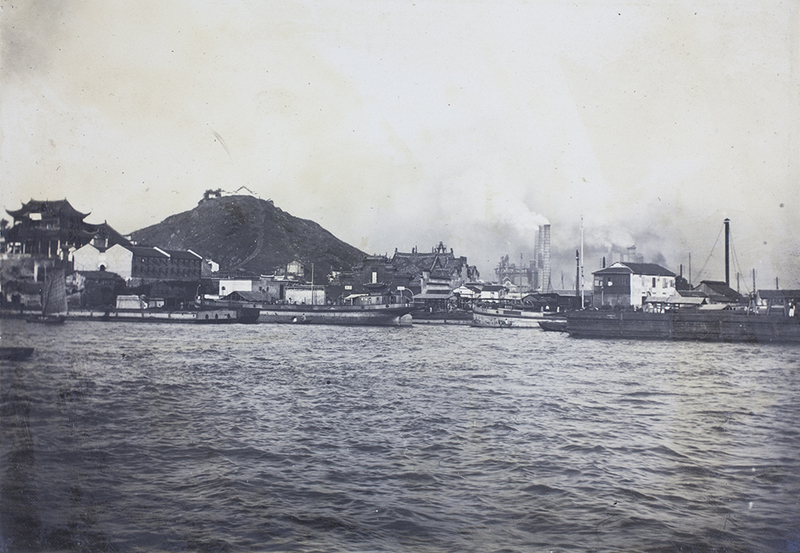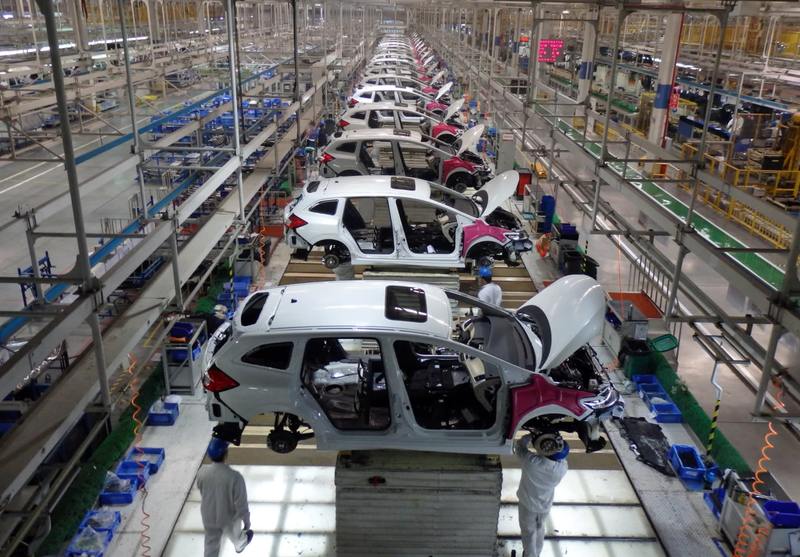Industry and Labor
In 1938 Hankou was described by Time magazine as “China’s Chicago,” and this epithet was extended to Wuhan generally in later years to represent the city’s industrial capacity for foreign audiences. In Hankou and greater Wuhan the early factories of the concessions were met by the heavy industrial projects of the Hanyang Arsenal and Ironworks, making the city into a production center of everything from matchbooks to machine guns. While these operations proved to be both economically and strategically beneficial for the city’s numerous governments and population, they also made Wuhan a major target for invasions and uprisings. Furthermore, the city’s massive industrial sector necessitated an equally large labor force, and narratives of labor politics and organization are deeply intertwined with the city’s continuous history. To set a beginning for this history of industry and labor, we differentiate between an industrial capitalism characterized by high labor and capital demands with factory-based, assembly-line driven mass production from the small-scale production of handicrafts and processing of raw materials with low physical capital requirements. Due to this distinction, our narrative begins with the introduction of factory production to Hankou by Russian brick tea exporters, and discusses Hankou’s earliest factories housed in the concessions, managed by foreigners, and staffed by Chinese residents. From here we pivot to the first Chinese enterprises in Wuhan, which grew from the intertwining efforts of officials, businessmen, and literati (and combinations thereof) like Zhang Zhidong, Song Yichen, and Sheng Xuanhuai, who combined national self-strengthening with entrepreneurship to shape the tri-cities’ industrial climate for years to come. The third section continues this narrative proceeding the fall of the Qing, examining the role of Wuhan’s heavy industry – embodied in the Hanyang Ironworks and Arsenal – in shaping conflicts starting in the 1911 revolution, running through the warlord years, and leading into World War II. This portion will also discuss the early consolidation of workers into labor unions across the tri-cities, and how their organization aided in reacquisition of the British concession, fueled resistance against and subsequent repression by warlords, and laid the groundwork for the CCP’s consolidation of power. Following the destruction wrought by Japanese invasion, American bombing, and the Nationalists’ flight, the next section discusses the reconstruction of Wuhan’s industry during the Communist era, when the tri-cities again became a symbol of Chinese industrial might while sowing seeds for later violence during the Cultural Revolution. Finally, we conclude by following Wuhan, and China’s, reintegration into the world market, and the continuation of past conflicts between industrial production and labor rights, coupled with new ones like environmental degradation.

